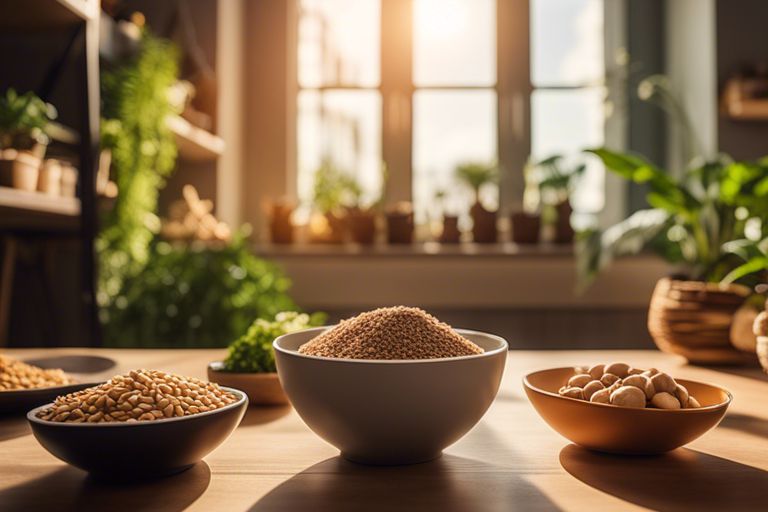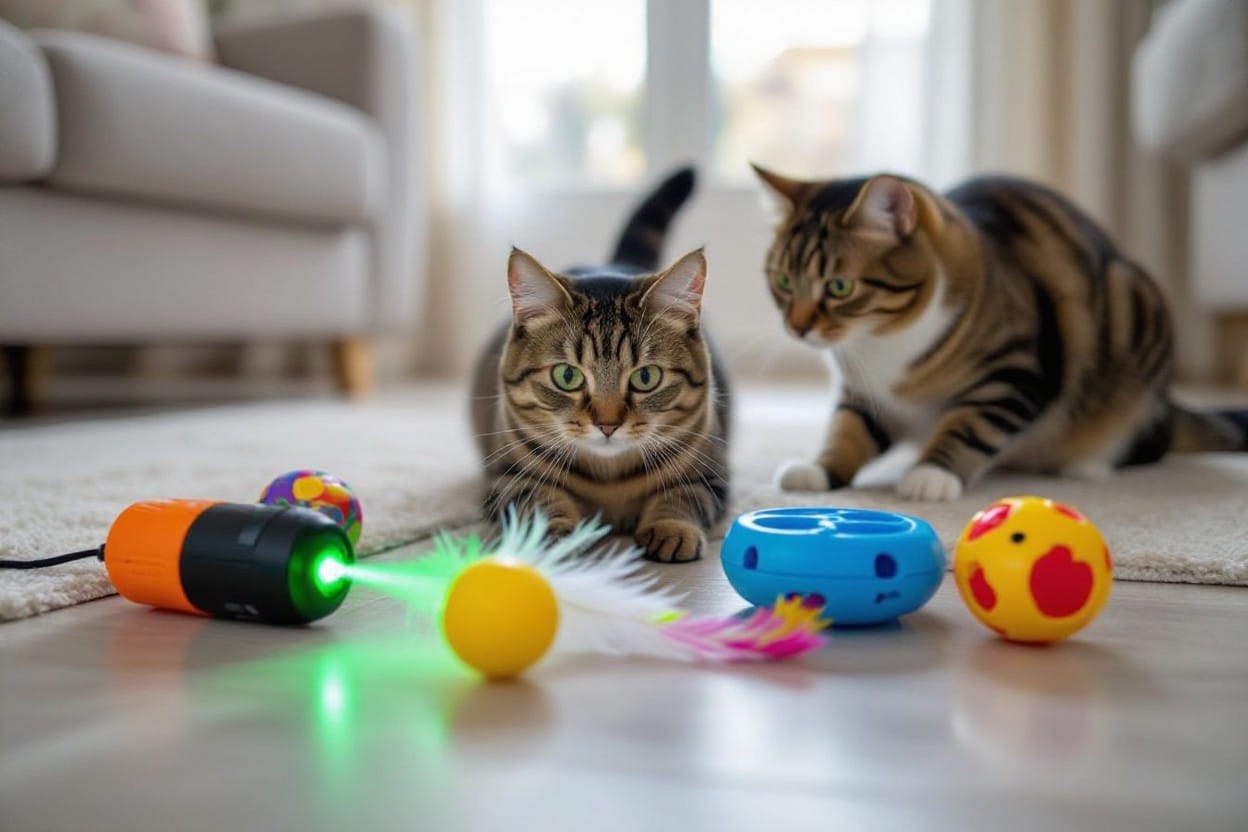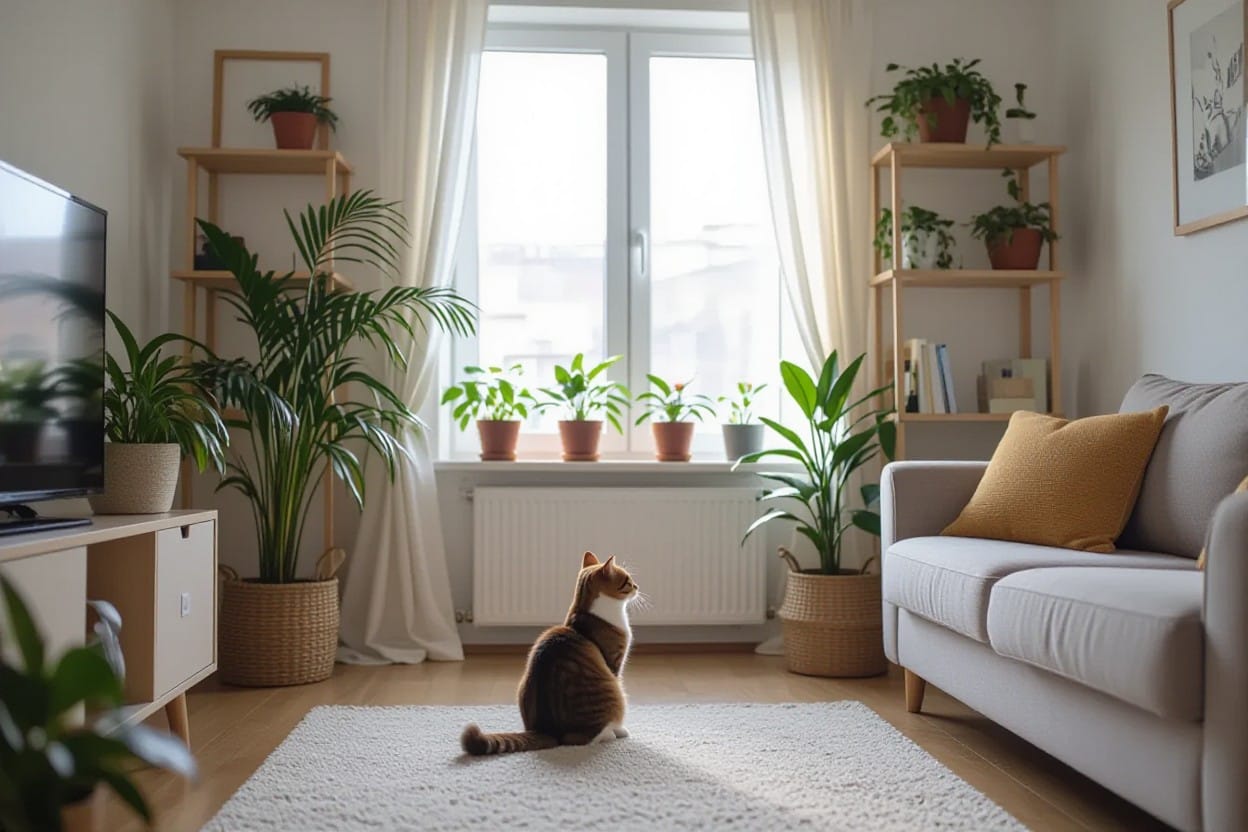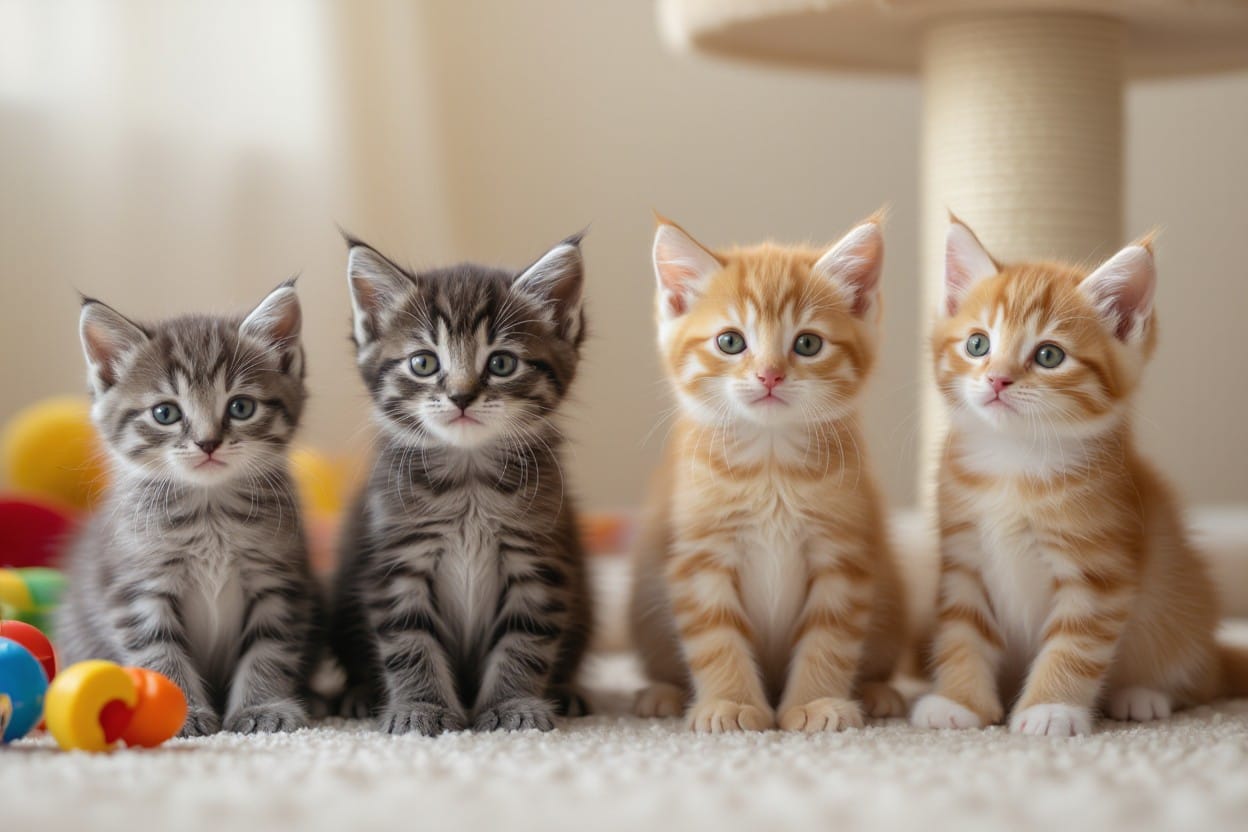Most feline owners want the best for their beloved pets, and that includes providing them with a nutritious and balanced diet. Grain-free and raw cat food diets have been gaining popularity in recent years, and for good reason. These diets can offer a range of benefits for cats, including improved digestion, shinier coats, healthier skin, and more energy. In this blog post, we will explore the advantages of grain-free and raw cat food diets and why they may be a great choice for your furry friend.
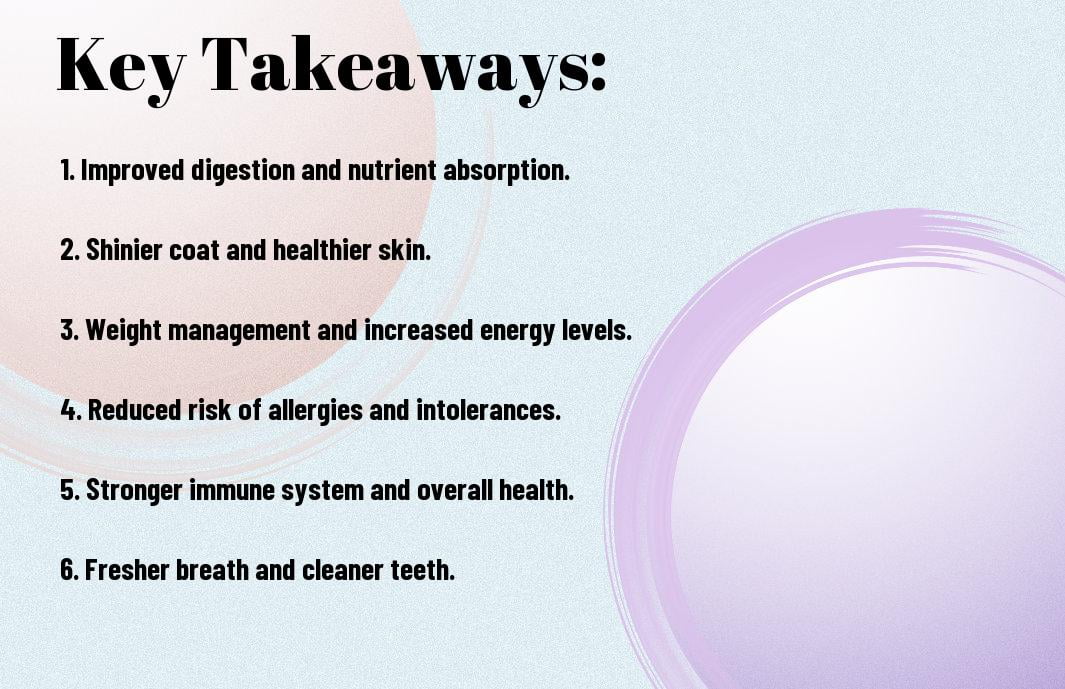
Understanding Cat Biology and Nutritional Needs
The Carnivorous Nature of Cats
Nature has designed cats to be obligate carnivores, meaning their bodies require nutrients found only in animal tissue to thrive. Unlike some other animals that can survive on a varied diet, cats need specific amino acids, vitamins, and minerals that are most readily available in meat. Their digestive systems are adept at processing animal protein and lack the necessary enzymes to efficiently break down plant matter.
This evolutionary trait stems from the fact that cats in the wild primarily hunt and consume other animals. Their bodies have adapted to efficiently extract nutrients from meat to support their energy needs, muscle function, and overall well-being.
Essential Nutrients for Felines
Nutrients such as taurine, arachidonic acid, and vitamin A are vital for a cat’s health and must be obtained through their diet. Taurine, for example, is an amino acid that is crucial for heart function, vision, and reproductive health in cats. Without a sufficient amount of taurine in their diet, cats can develop serious health issues like heart disease and vision problems.
Cats also require a dietary source of arachidonic acid, an omega-6 fatty acid important for maintaining healthy skin, coat, and reproductive function. Vitamin A is another crucial nutrient for cats as it supports their vision, immune system, and growth. These important nutrients can be found in animal-based proteins, reinforcing the importance of a meat-rich diet for feline health.
Grain-Free Diets Explained
What Does Grain-Free Mean?
Grain-free diets for cats are formulated without the inclusion of grains such as wheat, corn, or rice. Instead, these diets often rely on alternative sources of carbohydrates like sweet potatoes or peas. Cats are obligate carnivores, meaning their bodies are designed to primarily digest meat. By removing grains from their diet, grain-free cat foods aim to mimic a more species-appropriate diet for felines.
Potential Benefits of Grain-Free Diets for Cats
With the rise in popularity of grain-free cat diets, many cat owners have reported positive changes in their pets’ health. These benefits may include improved digestion, reduced allergic reactions, and healthier skin and coat. Grain-free diets are often higher in protein content, which can support lean muscle development and overall energy levels in cats. Additionally, some cats with food sensitivities or allergies may find relief from symptoms when switched to a grain-free diet.
Another advantage of grain-free diets is the potential to help cats maintain a healthy weight. Since grains are often used as fillers in cat food, removing them can lead to a more nutrient-dense diet that keeps cats feeling fuller for longer. This can contribute to weight management and reduce the risk of obesity-related health issues in cats.
Addressing Common Myths About Grain-Free Foods
Addressing common myths about grain-free cat foods is crucial to providing accurate information to cat owners. One prevailing misconception is that grains are crucial for cats’ diets, which is not true. Cats can thrive on a grain-free diet that is balanced and nutritionally complete. Another myth surrounding grain-free diets is that they are always higher in carbohydrates. While some grain-free options may contain alternative carb sources, there are many low-carb grain-free options available for cats.
This clarification is important as it helps pet owners make informed decisions about their cats’ nutrition. By debunking these myths, cat owners can choose the best diet for their feline companions based on their individual needs and preferences.
The Raw Cat Food Movement
Despite the longstanding tradition of feeding commercial cat food, the raw cat food movement has been gaining momentum in recent years. Advocates of raw feeding for cats believe that a diet consisting of uncooked meats, organs, and bones provides a more species-appropriate nutrition for felines.
Principles Behind Raw Feeding
With the belief that raw meat closely mimics what a cat would eat in the wild, proponents of raw feeding strive to provide a diet that is biologically appropriate for felines. Advocates argue that cooking processes used in commercial cat food can destroy important nutrients and enzymes that are vital for a cat’s health and well-being.
Health Advantages of Raw Diets for Cats
An increasing number of cat owners have reported numerous health benefits in their pets after transitioning to a raw diet. Some common improvements include healthier skin and coat, improved digestion, increased energy levels, and a reduction in allergies and sensitivities. Understanding the impact of a species-appropriate diet on a cat’s overall health can help pet owners make more informed decisions about their feline companion’s nutrition.
Comparing Grain-Free and Raw Diets
Once again, when it comes to choosing the best diet for your feline friend, grain-free and raw diets are two popular options that pet owners consider. Let’s explore into the comparison between these two types of diets to help you make an informed decision for your cat’s nutritional needs.
Nutritional Profiles: Grain-Free vs. Raw
|
Grain-Free Grain-free cat foods are formulated to eliminate common allergens such as wheat, corn, and soy. They often contain high-quality protein sources, crucial vitamins, and minerals for a balanced diet. |
Raw Raw diets typically consist of raw meat, bones, and organs. Proponents believe that raw diets mimic a cat’s natural diet in the wild, providing optimal nutrition. However, it is crucial to ensure proper hygiene and supplementation to meet all the cat’s nutritional requirements. |
Practical Considerations in Feeding Grain-Free or Raw Diets
|
Grain-Free Transitioning a cat to a grain-free diet can be easier compared to a raw diet. Grain-free cat foods are readily available in pet stores and require no additional preparation, making them convenient for pet owners. |
Raw Feeding a raw diet may require more time and effort as it involves sourcing high-quality ingredients, proper handling, and potential risks of bacterial contamination. It is crucial to follow recipes or consult with a veterinarian to ensure a balanced diet. |
To ensure your cat thrives on a grain-free or raw diet, it is vital to monitor their health and behavior closely. Consulting with a veterinarian before making a dietary change can provide valuable guidance tailored to your cat’s specific needs and help prevent any nutritional deficiencies.
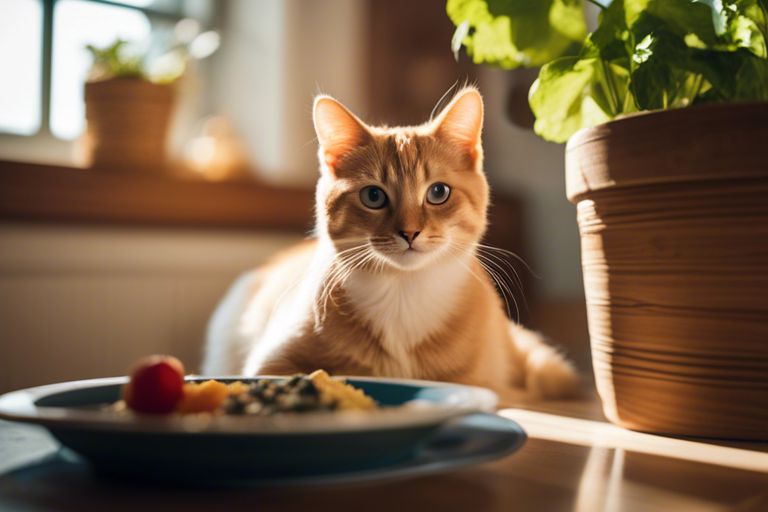
Safety and Health Considerations
The Risk of Pathogens in Raw Diets
Pathogens are a major concern when feeding cats a raw diet. Raw meat can contain harmful bacteria such as Salmonella, E. coli, and Listeria, which can not only make your cat sick but also pose a risk to humans in the household. It is important to handle raw meat with care, ensuring proper storage and hygiene practices to minimize the risk of contamination.
Ensuring Balance and Safety in Grain-Free and Raw Diets
Safety is paramount when it comes to feeding your cat a grain-free or raw diet. While these diets can offer benefits such as improved digestion and nutrient absorption, it is crucial to ensure that they are balanced and complete. Consult with a veterinarian or pet nutritionist to create a well-rounded meal plan that meets all of your cat’s nutritional needs.
It is vital to incorporate a variety of protein sources, vitamins, and minerals into your cat’s diet to prevent deficiencies. Additionally, consider rotating different types of meat and adding supplements as needed to ensure that your cat is getting all the nutrients they require for optimal health.
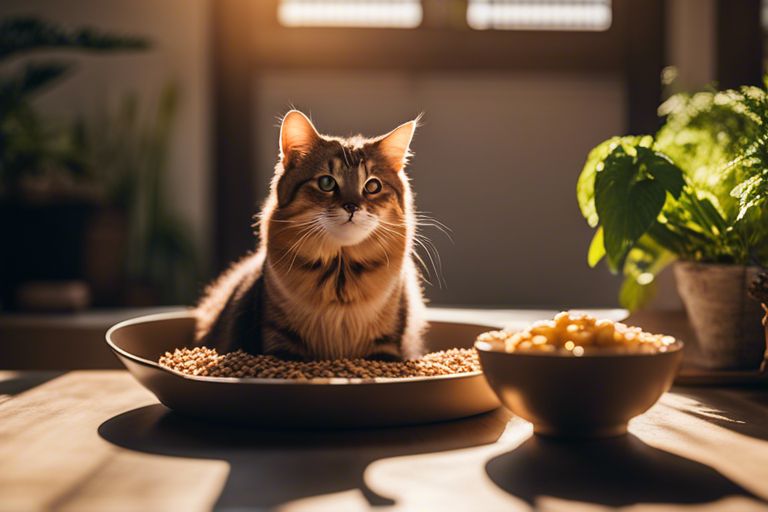
Transitioning to a Grain-Free or Raw Diet
Gradual Transition to New Diets
Not all cats will immediately take to a new diet, especially if they have been eating the same food for a long time. It is vital to introduce grain-free or raw cat food slowly to prevent digestive upset. Start by mixing a small amount of the new diet with their current food, and gradually increase the proportions over a period of 7-10 days. This gradual transition allows your cat’s digestive system to adjust to the new food and decreases the likelihood of gastrointestinal issues.
Monitoring Your Cat’s Health During Transition
Anytime you switch your cat to a new diet, it is crucial to closely monitor their health and behavior. Keep an eye out for any signs of digestive upset, such as vomiting, diarrhea, or lack of appetite. Additionally, monitor their litter box habits and overall energy levels. If you notice any concerning changes, consult with your veterinarian immediately.
The transition period is a critical time to observe your cat’s response to the new diet. Look for improvements in their coat quality, energy levels, and overall well-being. If you have any concerns about their health during this time, do not hesitate to seek professional advice.
To ensure a successful transition to a grain-free or raw diet for your cat, it is vital to be patient and attentive. By gradually introducing the new food and monitoring your cat’s health closely, you can help them adapt to their new diet effectively and ensure their well-being throughout the process.
Final Words
So, the benefits of grain-free and raw cat food diets are substantial and impactful on your feline companion’s overall health and well-being. By providing a diet that aligns more closely with their natural carnivorous instincts, you can help them avoid common health issues such as obesity, allergies, and dental problems. Additionally, the higher protein content and lower carbohydrate levels in grain-free and raw diets can support a healthier weight and digestive system for your cat. Overall, making the switch to a grain-free or raw diet can lead to a happier, healthier, and more energetic life for your beloved feline friend.
FAQ
Q: What are the benefits of a grain-free diet for cats?
A: Grain-free diets for cats can help reduce the risk of food allergies, improve digestion, and promote healthier skin and coats.
Q: What is a raw cat food diet and what are its benefits?
A: A raw cat food diet consists of uncooked ingredients like raw meat, organs, and bones. This diet can provide necessary nutrients, promote dental health, and support a cat’s natural carnivorous diet.
Q: Are there any risks associated with grain-free or raw cat food diets?
A: While grain-free and raw cat food diets offer benefits, there are potential risks such as nutritional imbalances, bacterial contamination, and choking hazards from bones. It is important to consult with a veterinarian before making any dietary changes.
Q: How should I transition my cat to a grain-free or raw food diet?
A: Transitioning to a new diet should be done gradually over a period of 7-10 days. Mix small amounts of the new food with the old food, increasing the proportion of the new food each day until the transition is complete.
Q: Can all cats benefit from a grain-free or raw food diet?
A: While some cats may benefit from these diets, it is important to consider the individual cat’s health status, age, and dietary needs. Consult with a veterinarian to determine if a grain-free or raw food diet is appropriate for your cat.
